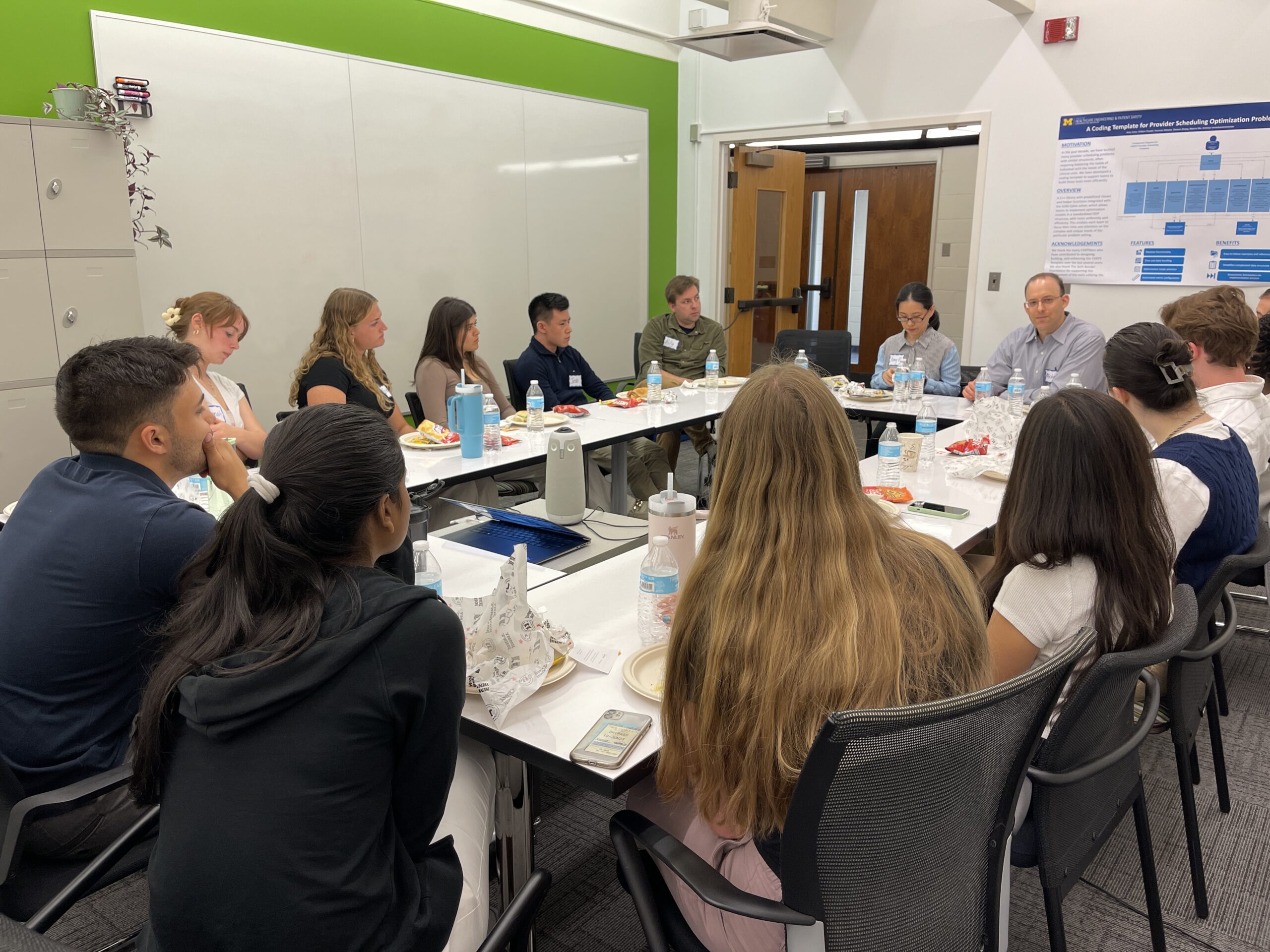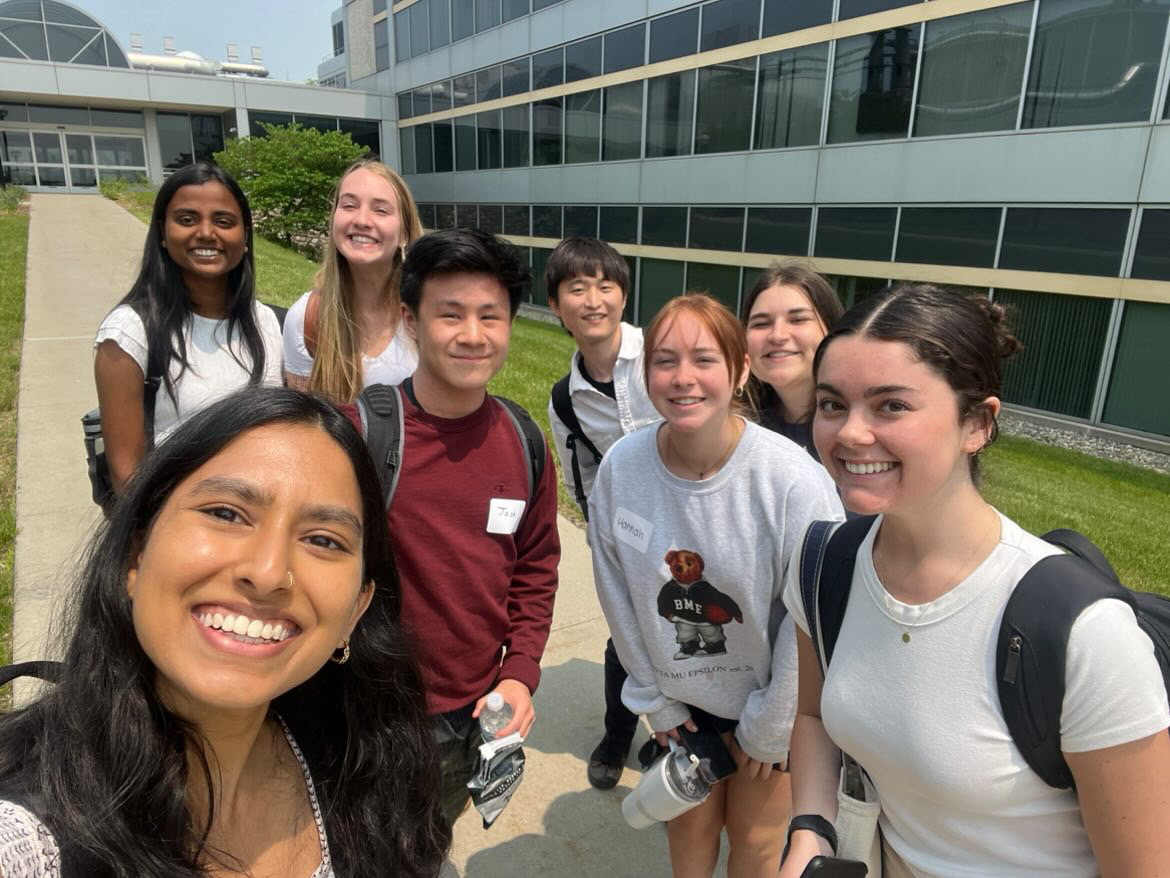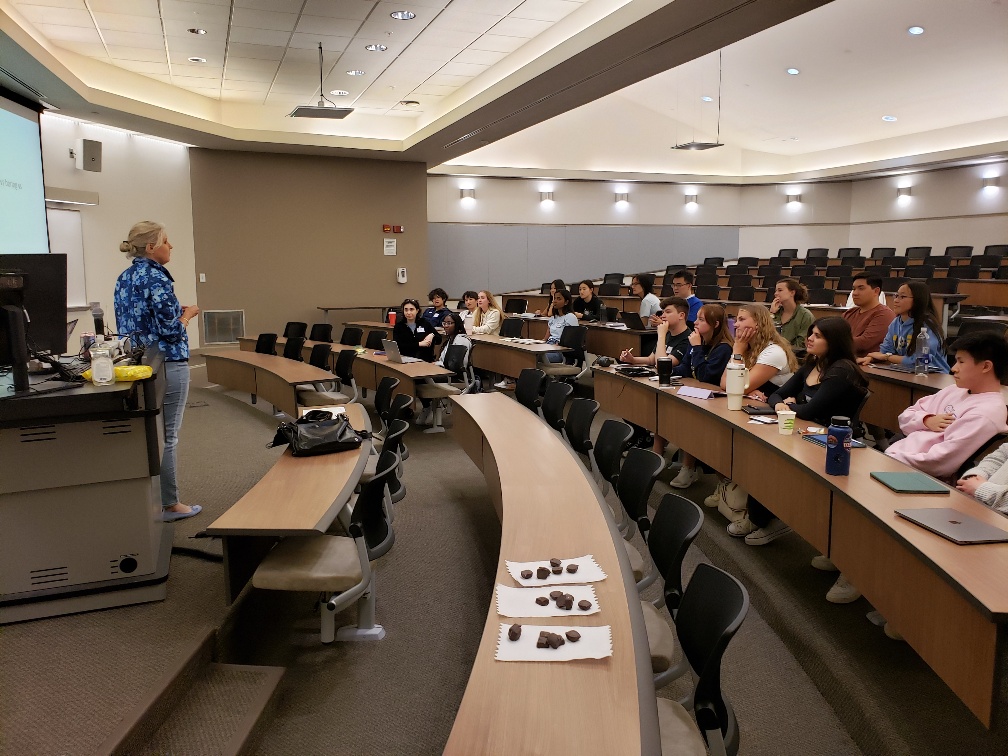Maddy Heyer, a Computer Science and Engineering student at U-M, shares about what she has learned from her summer at CHEPS.
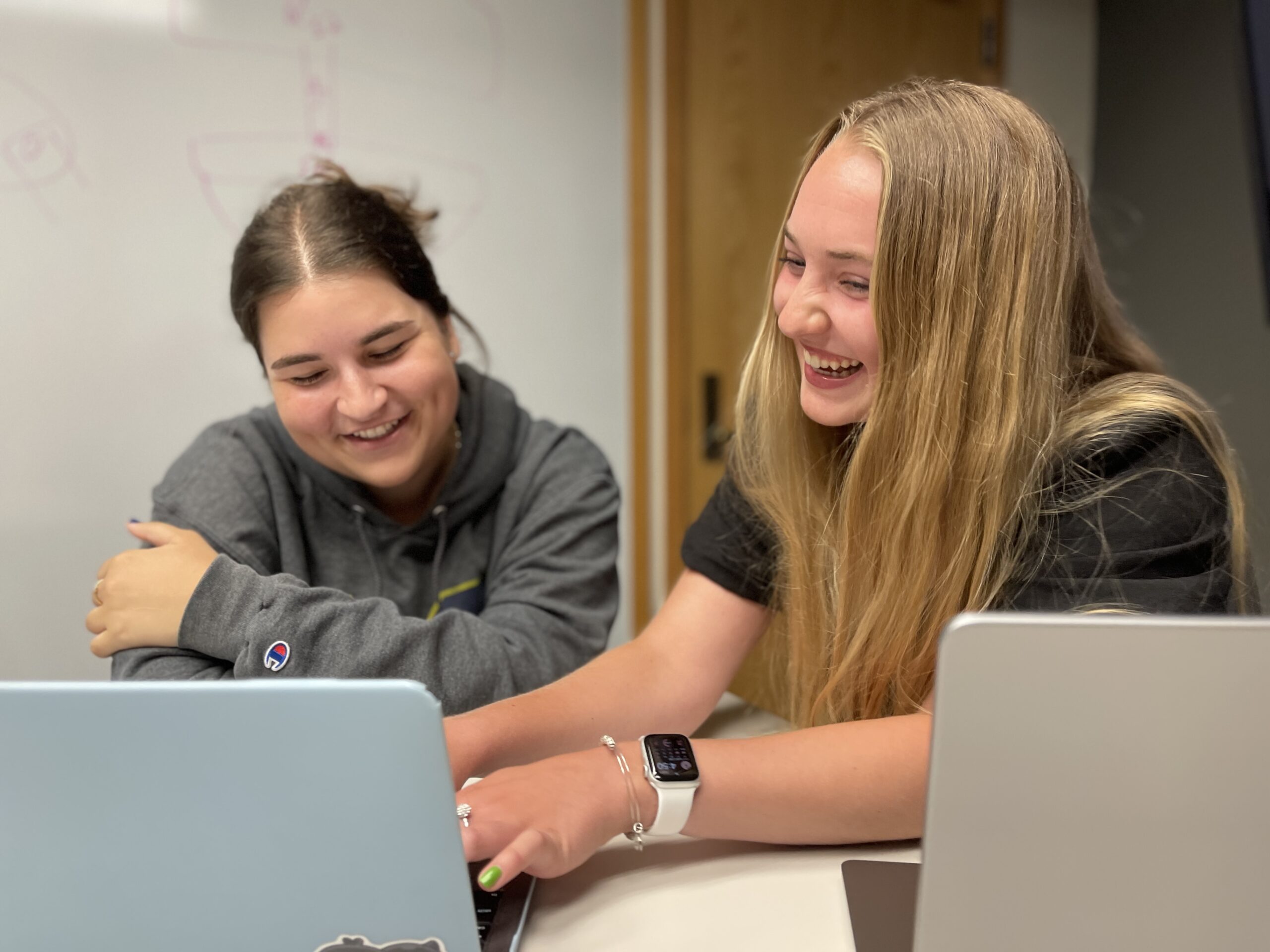
“We had a young patient in critical condition today, but thankfully we got them stabilized.”
“Creating this month’s schedule was such a headache.”
“My feet are already aching and I have two more twelves this week!”
With aunts and cousins who are all nurses, hospital stories have been a constant topic of discussion during our family gatherings. Just a few months ago when they asked about my summer plans, I told them I would be working at the Center for Healthcare Engineering & Patient Safety (CHEPS). Beyond the acronym, I had little understanding of what students who worked at CHEPS actually did. Still unsure of what project I would be assigned to, my response was along the lines of, “Working on projects with Michigan Medicine.” They questioned what I, an undergraduate computer science student with minimal medical knowledge, could contribute to such an organization. I wondered the same.
I initially applied to CHEPS after hearing about it from a friend. Though I have known I wanted to study computer science since middle school, it has remained unclear how I would apply those skills to a career. The most obvious path would be to work in IT or the tech industry. During the pandemic, however, I realized the potential for computer science to be used in healthcare. I was fascinated to read about computer scientists using artificial intelligence for chest imaging of COVID-19 patients or to model the spread of the disease throughout the population. Beyond my passion for coding, it was important for me to find a way to create a meaningful impact. And what better way to do that than to harness my engineering skills to make improvements in healthcare?
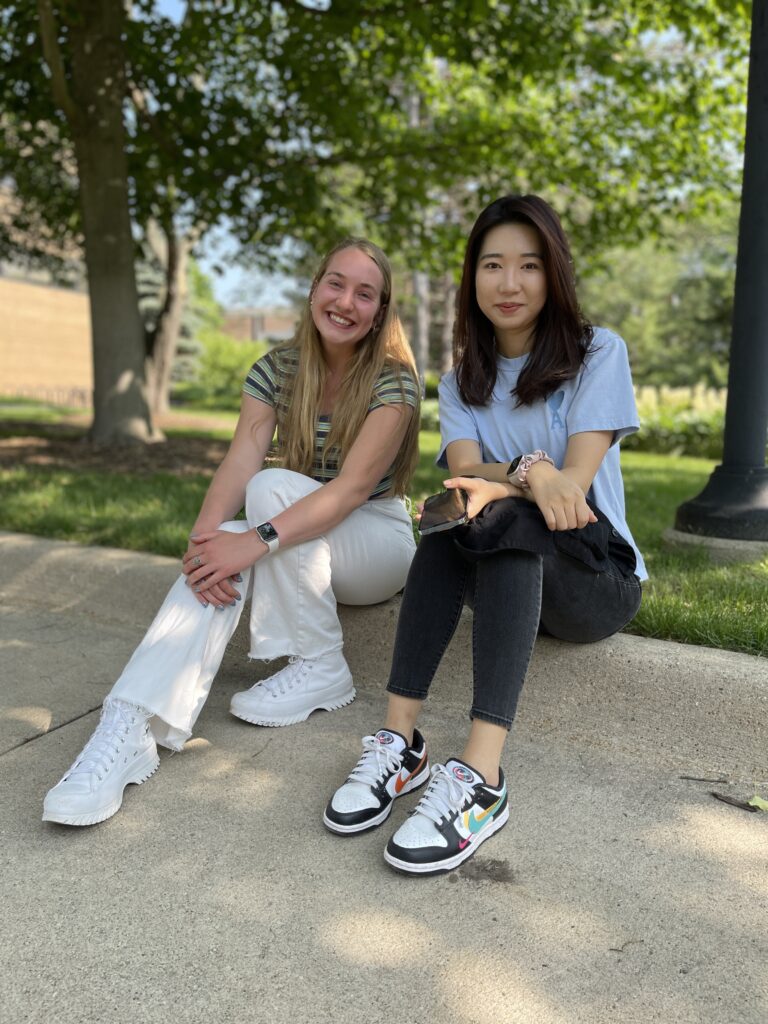
I was drawn to CHEPS by the promise of doing just that, but also by its culture of fostering collaboration among students from diverse backgrounds. While this requires everyone to step a bit out of their comfort zones—I vividly remember many of us admitting to feeling imposter syndrome while reflecting on our first week—the result has been a beautiful culmination of each of our unique talents and abilities. While some of the pre-med students first admitted to feeling intimidated by coding, I felt just as nervous when staff casually threw around terms like “inpatient” and “outpatient” that were ubiquitous to those with a medical background, but unfamiliar to me. Before joining CHEPS, I had no idea that caring for patients involved an intricate web of planning, encompassing scheduling, billing, and ensuring that patients receive the optimal number of appointments for proper care.
Overcoming that initial discomfort, I soon found myself not only helping my peers with coding, but also engaging in comprehensive discussions about the medical aspects of their projects. As the weeks passed, I felt more confident, eventually reaching a point where I could explain not just my own projects, but each project at CHEPS. While I by no means consider myself an expert, I am proud that I can now explain that cirrhosis occurs when scar tissue replaces a majority of the healthy liver tissue.
One of my most meaningful experiences this summer was visiting Michigan Medicine’s Clinical Simulation Center (CSC). Though I have attended the University of Michigan for two full years, I had never stepped foot in the hospital. The CSC provided an eye-opening glimpse into the world of medical procedures, allowing us to work with lifelike manikins and engage in hands-on exercises. I recall the excitement of measuring pulse and oxygen levels, applying oxygen masks, performing intubation, and operating defibrillators in the emergency room simulation. Moreover, we explored specialized rooms designed for pediatric patients and encountered a range of manikins, diverse in age and size. Witnessing the wireless control of a “patient” under maintenance was particularly impressive, and we even had the opportunity to enhance our laparoscopic skills and administer an ultrasound.
Despite the absence of live patients during our visit, the hospital environment felt intense, demanding us to think on our feet and communicate effectively. Hearing the heart rate monitor warn us of a failing heart while simultaneously administering the correct dosage of medication and operating the defibrillator was nerve-wracking. Considering the critical nature of this work and its impact on lives, it became apparent that enhancing these processes to ensure utmost precision and efficiency was crucial.
Another transformative experience came from working on the State Hospital Staffing and Attendance Dashboard (SH Staffing) team, where we developed a tool to automate the scheduling process at a psychiatric hospital. The staff are faced with burnout due to absenteeism, and creating the schedule manually using pen and paper only adds to the burden. The tool we designed offers a solution to this challenge, and when we presented it in person to the hospital management, their enthusiasm was heartening. The prospect of spending less time on scheduling and more time focusing on patient care resonated deeply with them, and it was an honor to witness how technology could significantly enhance their workflow. Presenting the tool and instructing the staff on its usage was an exciting and gratifying experience, leaving us with the hope that it would genuinely improve patient care.
My time at CHEPS has been just as educational as my time in the classroom. I am lucky to have had the opportunity to meet not only all the other CHEPSters I work with, but also to hear from distinguished faculty members in healthcare. Whether through attending mathematical modeling lectures by Dr. Amy Cohn or hearing doctors speak about their research during lunch and learn seminars, my perspective on healthcare has broadened significantly.
It is truly remarkable how, not so long ago, I had little insight into the nature of work at CHEPS. Now, with profound gratitude, I can confidently say that “we strive to create a healthcare system that delivers the highest-quality care in a patient-focused manner while supporting the well-being of providers.” Although I may not fully grasp all the medical jargon that my aunts and cousins fluently use, I find myself deeply fascinated by the challenges they encounter and the innovative ways to tackle them. In a recent discussion with my cousin about what shifts to take in her upcoming schedule, I even found myself able to chime in, where a few months ago I had no idea how rotations worked.
The atmosphere at CHEPS, where passion, creativity, and innovation are celebrated, has made this summer an incredibly rewarding and transformative experience.
— Written by Maddy Heyer, CHEPS Student


